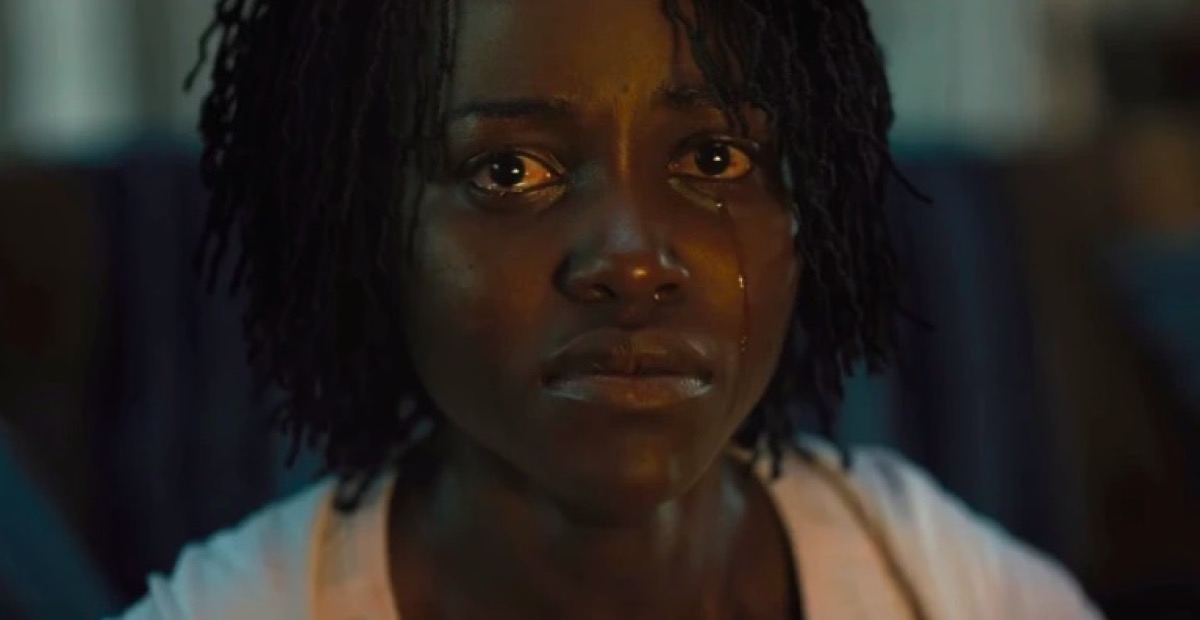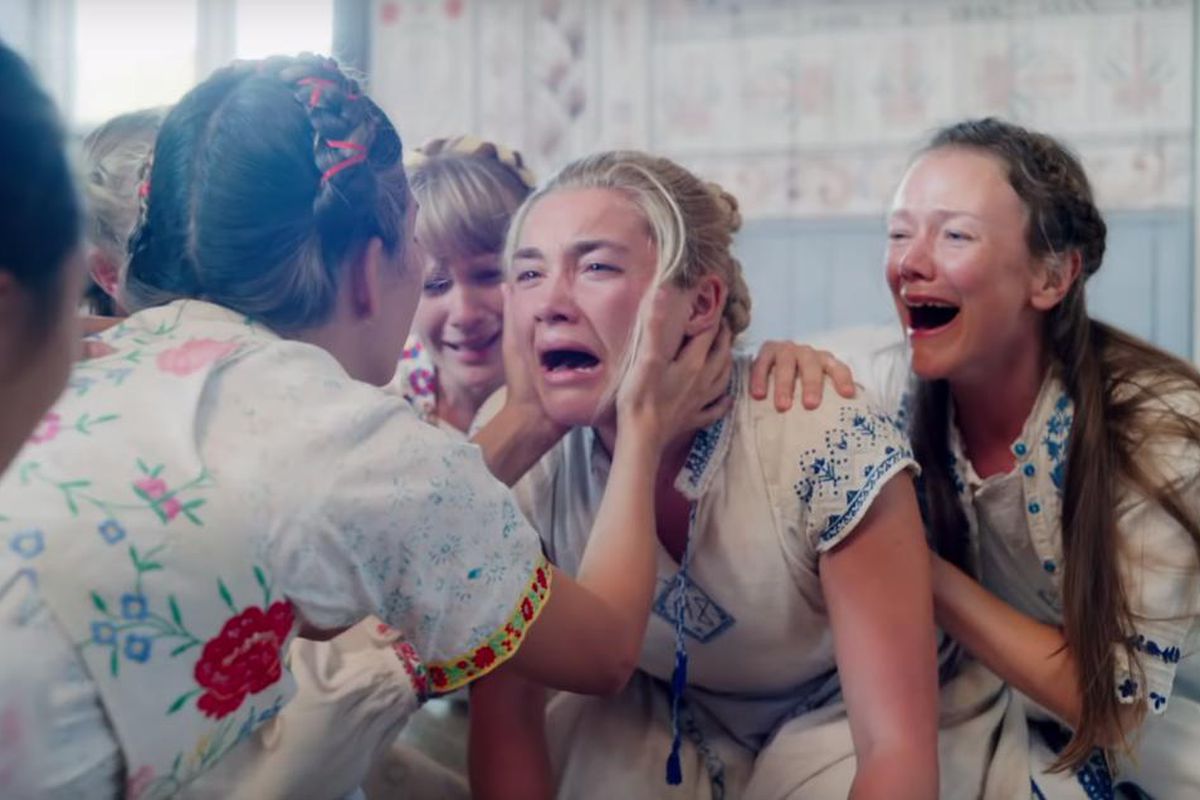The Final Girl, Redefined: The Role of Women in Horror Is Evolving

**Spoilers for Midsommar.**
The image of a panicked scream queen running in terror from a monster or other night stalker is a cornerstone of the horror genre. As you read that sentence, a montage of specific scenes from many films spanning several eras of horror no doubt filled your mind. Women have always been connected to horror films. The “Final Girl” is essential to the genre trope checklist.
The roles of women are still very much the lifeblood of horror films, but the Final Girl is being redefined. We’re trading in our screaming victims for battle-hardened warriors and angels of vengeance.
Historically, horror films have served as a measuring tool for social anxieties. It is equally true that pop culture of all sorts and kinds has taken a special interest in reinforcing standards of decency, especially on women. Creature features, like The Creature from the Black Lagoon, and other classic horror films along the lines of White Zombie speak to retro fears attached to good ol’ fashioned racism.
The “monster” that preys upon the virginal scream queens of the ’30s, ’40s, and ’50s has tropical origins and is “exotic” and primitive, reflecting truly ugly, racist attitudes. In the case of White Zombie, the use of voodoo very explicitly creates a racial connection. These retro scream queens spoke to social anxieties rooted in the racism of the time and stoked the fear that white women would be victimized by men of color.
We’ve all seen the movies. The first person to go nude or have sex gets it. The slasher villain evolved from embodiment of the social evil to the role of punishing those threats to morality, from offing sexually active teens in Halloween to the gay panic within and following Nightmare on Elm Street 2: Freddy’s Revenge. The prevalence of women in the genre as scream queens and victims speaks to our social preoccupation with female virtue and the burden of morality and decency being disproportionately heaped on women. However, very recently, there has been a change.
Women are still at the epicenter of the horror genre, but they are not victims anymore. The women of contemporary horror are survivors. The most obvious example is the arc of Laurie Strode (played by Jamie Lee Curtis) in the Halloween franchise. The Laurie of 1978 is as typical a Final Girl as one could imagine. The Laurie that shows up in the 2018 Halloween is the product of that trauma. Her life has been shaken, she has been punished by a society that doesn’t understand what she went through, and she has dedicated herself to fighting back, regardless of whether others think she’s crazy.
This evolution of Laurie Strode is the crux of the new era of women in horror. The next generation of scream queens is stronger, more empowered, and not just making it through the expectations placed on them but going toe to toe with the boogeymen that haunt them.
In some instances, this shift is represented by women embracing their boogeyman to unlock a more empowered version of themselves. The Witch is perhaps the purest example, hearkening directly to the genre’s tight control over female sexuality and showing a young girl’s decision to rebel against her oppressive family by joining the monster that brought about their doom.
Films like The Babadook take a subtler approach. The titular Babadook monster represents the mental illness and grief of a struggling mother. Rather than defeating her attacker, she learns to cohabitate and, ultimately, cope with it. Jordan Peele’s Us takes this concept one step farther by having his leading woman confront both her inner demons and societal evils while also embodying them.
The dynamics of evil in Us solidify this notion that the contemporary scream queen’s goal is more than just escape, but rebellion and confrontation. By and large, women are taking ownership of the entire horror genre and are driving the conversation in new and unique ways. There is an emphasis on women being stewards of their own vengeance and acknowledging the unique horrors of the female experience.
Films like Cam and Black Christmas speak directly to sexual vulnerability and the unique dangers that sexually empowered women face. The women in these films are targeted because they are not being smothered by social propriety. This distinction takes on a greater significance when considering how these films were received critically, especially by certain demographics railing against these themes in Twitter feeds.
Horror takes the temperature of our culture, finds the infection, and raises the stakes like a fever to burn that fear out into the open. The #MeToo movement in Hollywood and a greater cultural narrative of women standing up and speaking out is what is being explored. As a society, women are screaming and finally being heard on a grander scale than before. Therefore, the women of horror are no longer illustrating society’s fears on their behalf, but rather bringing the private fears of women into glaring light and swearing revenge.
2019’s Midsommar is the hallmark of this new wave of the vengeful scream queen. In the film, Florence Pugh’s character is struggling under the weight of a boyfriend who cannot offer her the emotional support she so desperately needs. As she survives the bizarre rituals of the film’s cult, she slowly finds that community in the women around her.
At the film’s climax she is finally able to let it all out, screaming not out of fear but out of being fed up and in need of release. Meanwhile, her boyfriend, the film’s standard bearer of toxic masculinity, is dressed in the trappings of a beast and sacrificed.
And the May Queen smiles.
Upcoming releases such as The Invisible Man and Promising Young Woman are bringing the theme of vengeance and confrontation out of the subtext of a flowery script and into very plain language. More importantly, they root this shift firmly in the mainstream. This is the new scream queen, and this time, she’s the thing that goes bump in the night.
It may be a stretch for some to recognize horror as Ground Zero of progress and feminist revolutions in cinema. But what we can all understand about horror films is that they speak to what matters most to us, at the time. It’s why they’re so popular. Horror is the voice for those feelings that we feel deep in our gut.
And, in this moment in cinema, women are the ones holding the microphone … and screaming into it at the top of their voice.
Want more stories like this? Become a subscriber and support the site!
—The Mary Sue has a strict comment policy that forbids, but is not limited to, personal insults toward anyone, hate speech, and trolling.—
Have a tip we should know? [email protected]


